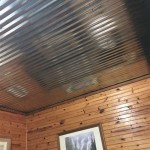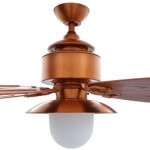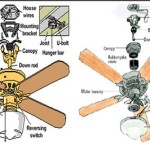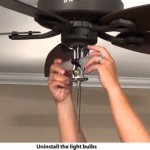Can Any Ceiling Be Vaulted?
A vaulted ceiling, with its graceful arches and soaring height, adds a touch of elegance and grandeur to any space. But can any ceiling be transformed into a vaulted masterpiece? The answer is not a simple yes or no. While many ceilings can be vaulted, certain factors must be considered before embarking on such a project.
Structural Integrity: The Foundation of a Vaulted Ceiling
The most critical aspect of converting a ceiling to a vaulted one is the structural integrity of the existing framework. Vaulted ceilings create significant downward pressure on the supporting walls and beams. If the existing structure cannot adequately handle the additional load, the vaulted ceiling could lead to dangerous structural issues.
Consult a qualified structural engineer to evaluate the building's capacity. They can assess the existing load-bearing capacity and determine if the structure can safely accommodate the vaulted ceiling. In some cases, reinforcements might be required, such as adding additional beams or columns.
Ceiling Height and Space Considerations
The existing ceiling height plays a crucial role in determining if a vaulted ceiling is feasible. Simply put, a vaulted ceiling requires ample vertical space. The ideal minimum height for a vaulted ceiling is typically around 8 feet, but this can vary depending on the design and style of the vault.
Additionally, the overall size of the space must be considered. In smaller rooms, a vaulted ceiling could create a feeling of crampedness. Conversely, in larger spaces, a vaulted ceiling can help create a sense of expansive grandeur.
Material Considerations and Cost
The material chosen for the vaulted ceiling significantly influences the overall cost and aesthetic appeal. Traditional materials such as wood and plaster offer a classic look, but they can be relatively expensive and labor-intensive. Modern materials like drywall, metal, and composite panels offer more cost-effective and versatile options.
The complexity of the vault design is another factor to consider. Simple barrel vaults are easier and less expensive to construct than more intricate designs like groin vaults or gothic arches. The choice of materials and design complexity will directly impact the overall budget for the project.
Beyond the Basics: Design Considerations
Beyond the structural and material considerations, there are numerous design elements to factor in when creating a vaulted ceiling. The desired style, the overall architectural theme of the space, and the existing lighting fixtures all play a role.
For example, a traditional vaulted ceiling might complement a classic or historical architectural style, while a more contemporary design might be more suitable for a modern space.
The integration of lighting fixtures is crucial for a successful vaulted ceiling. The use of recessed lighting, track lighting, or even a statement chandelier can enhance the visual impact and create a specific ambiance.
Conclusion: A Collaborative Approach
In conclusion, while not every ceiling can be vaulted, many can be transformed into stunning architectural features. With careful consideration of the structural integrity, space constraints, material options, and design aesthetic, a vaulted ceiling can significantly elevate the visual appeal and enhance the overall feel of a room.

Vaulted Ceiling Precautions Don T Get In Trouble On Your Project Armchair Builder Blog Build Renovate Repair Own Home Save Money As An Owner

Vaulted Ceilings Pros And Cons Renovations Roofing Remodeling

Planning A Vaulted Ceiling Everything You Need To Know Checkatrade

Supporting A Half Vaulted Ceiling Fine Homebuilding

Vaulted Ceilings What Is A Ceiling

Vaulted Ceilings 101 The Pros Cons And Details On Installation Bob Vila

Pros And Cons Of A Vaulted Ceiling Kate Hartman Interiors

Vaulted Ceilings What Is A Ceiling

How Much Does It Cost To Vault A Ceiling Additions Tips America S Best House Plans Blog

Cathedral Ceilings Vs Vaulted What S The Difference
Related Posts








